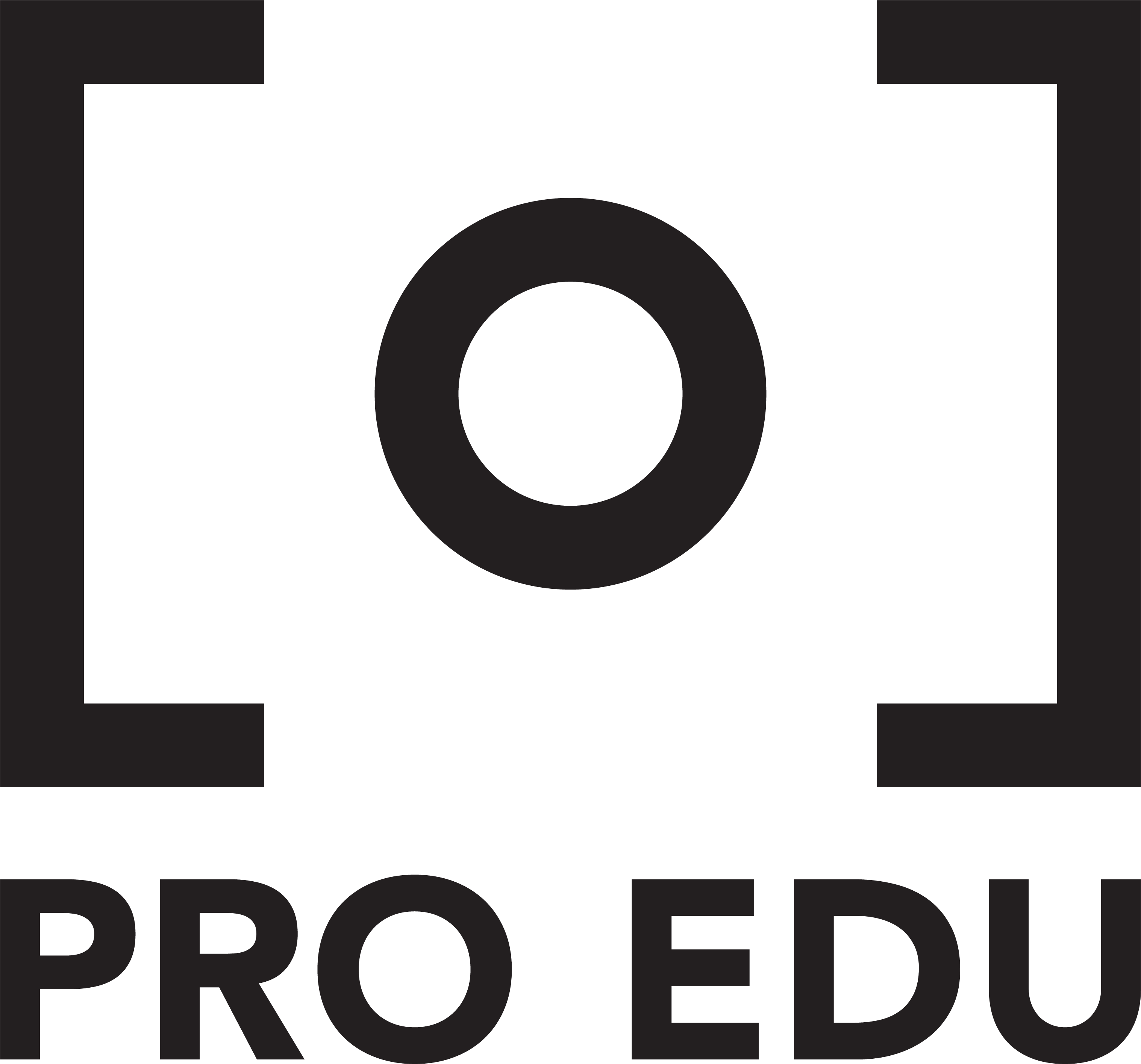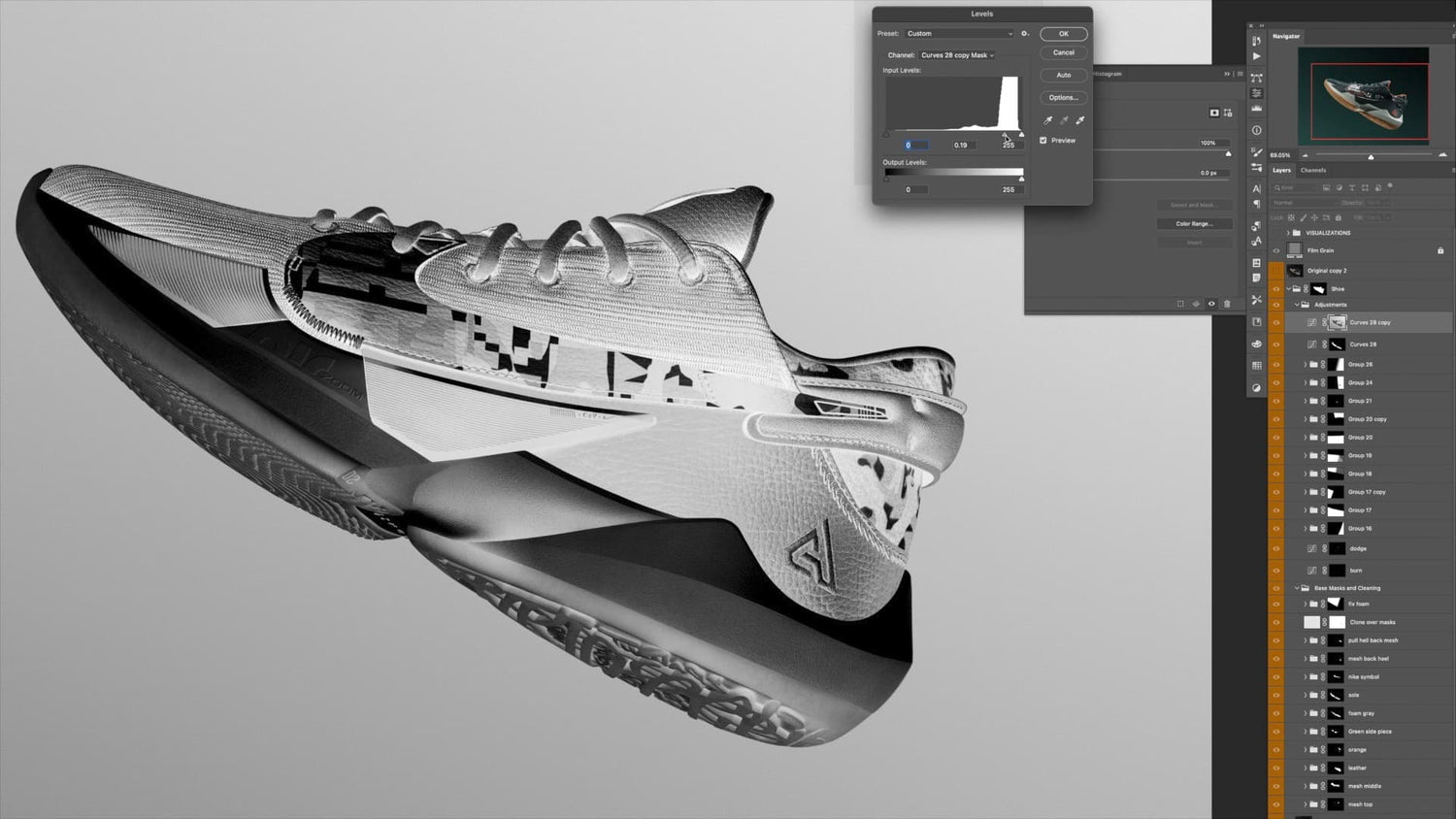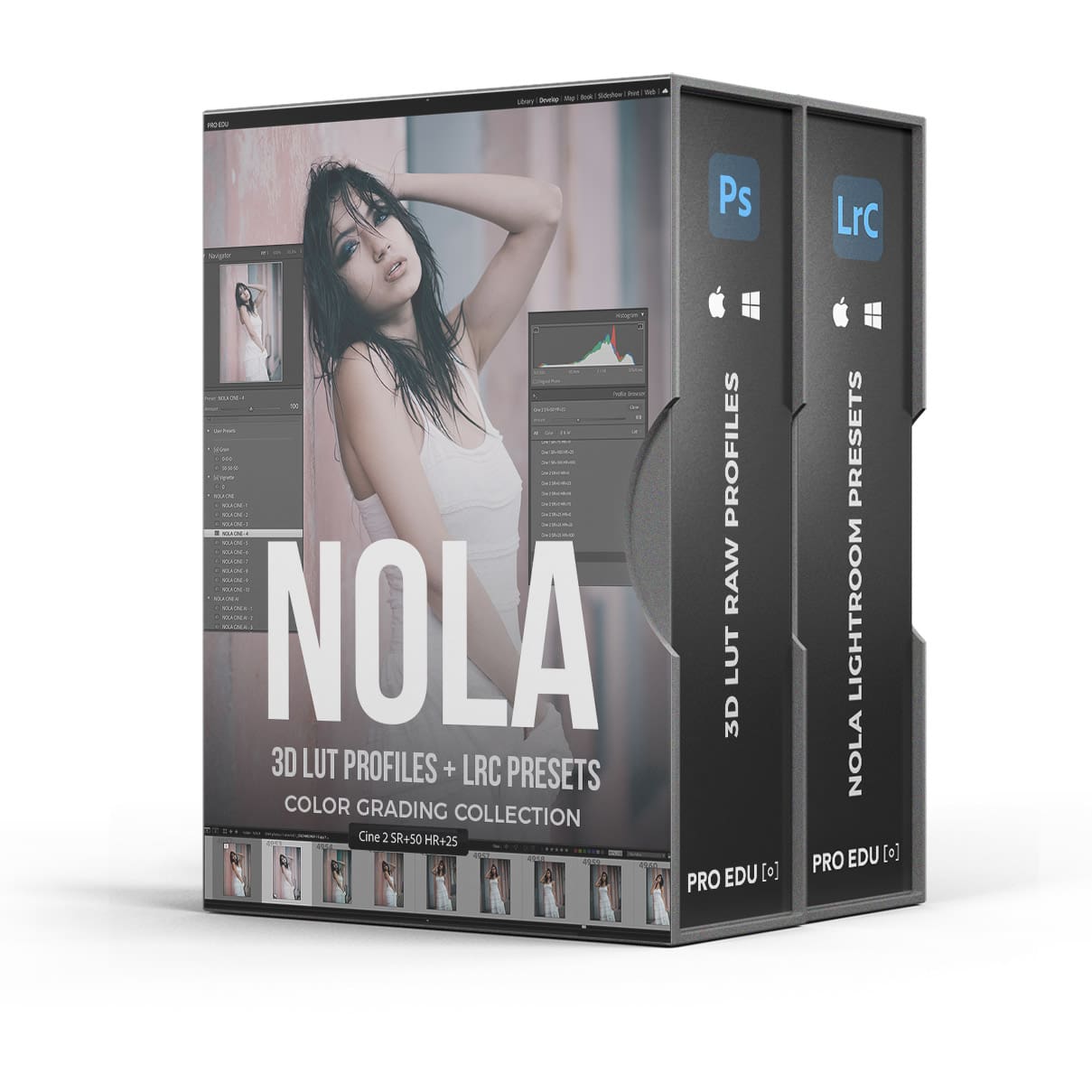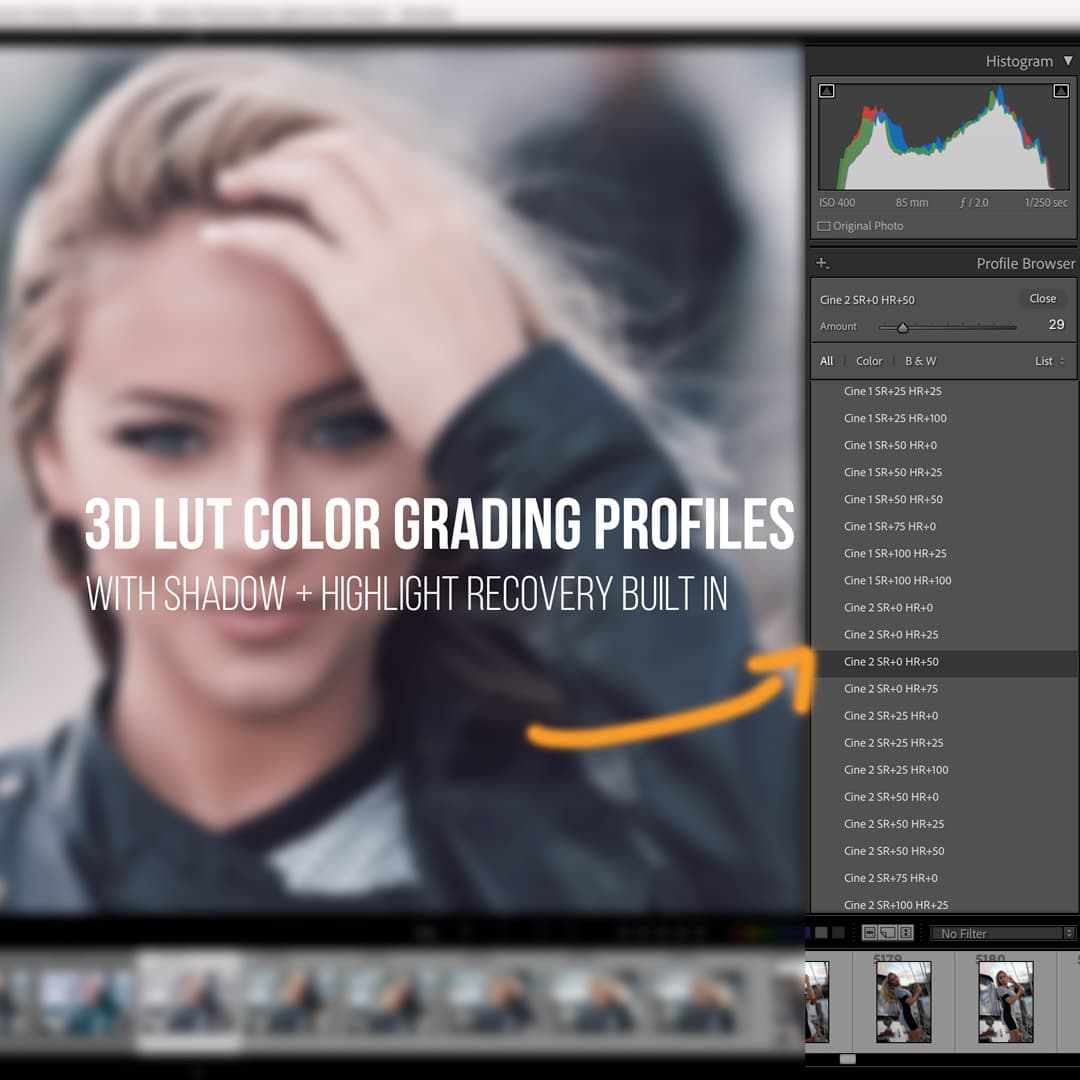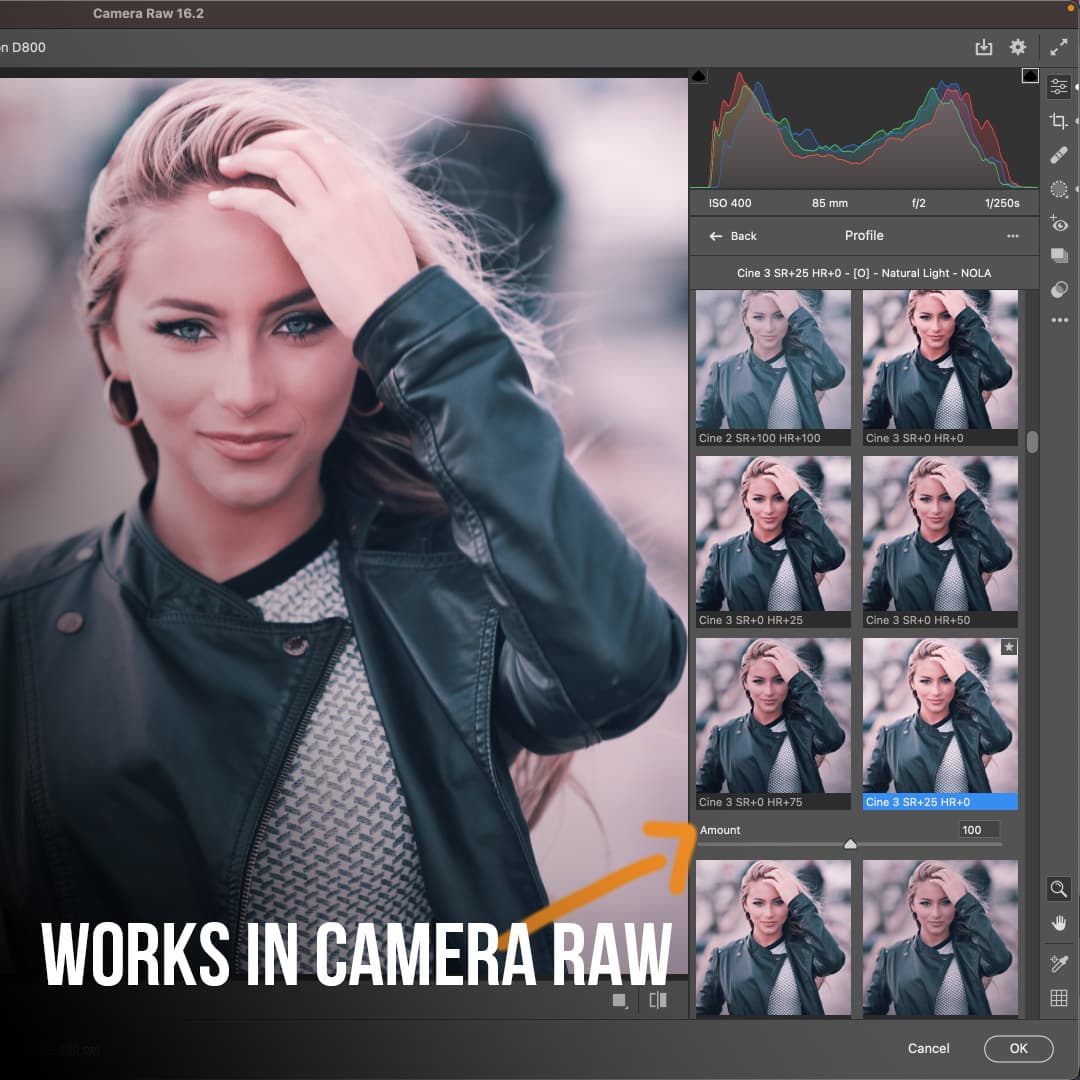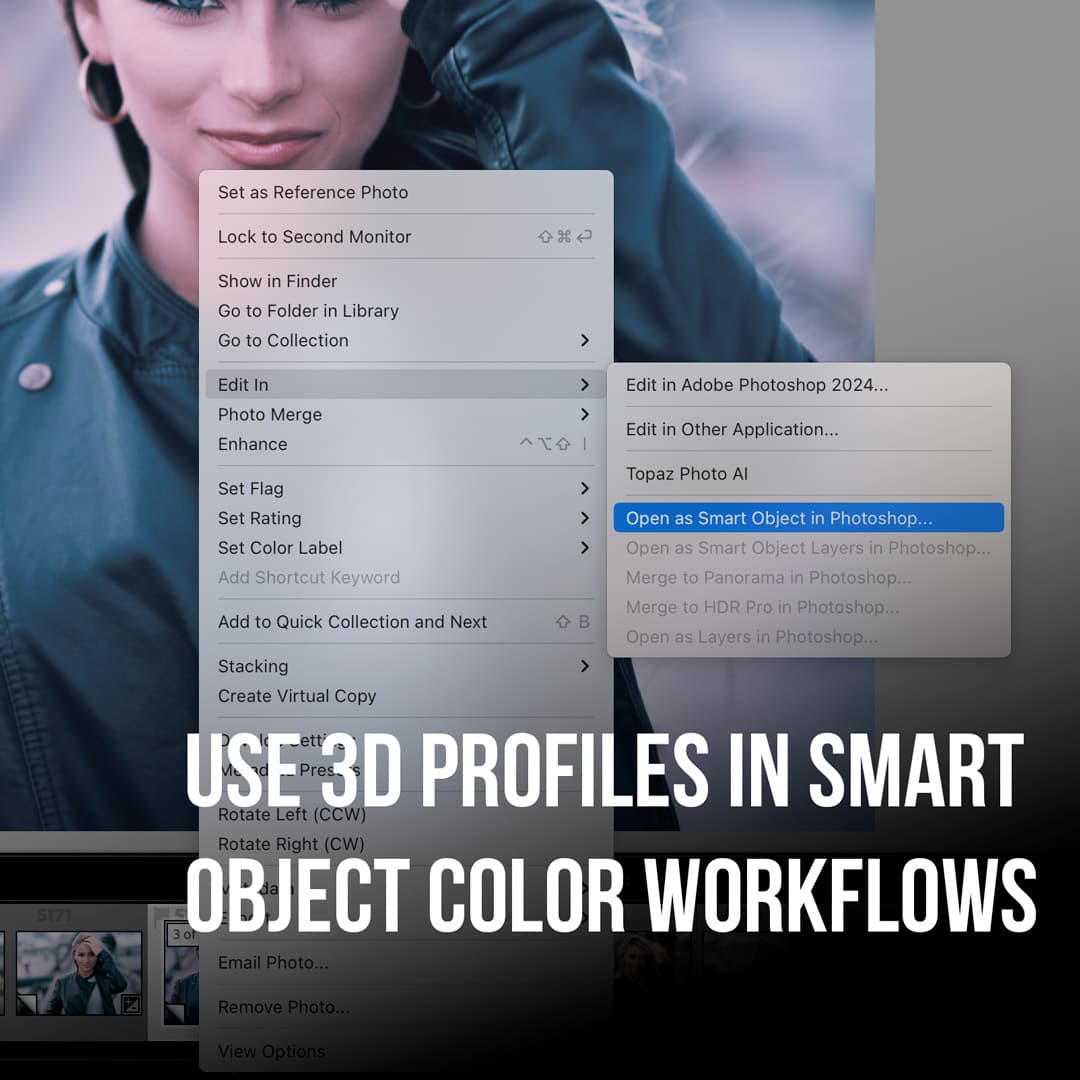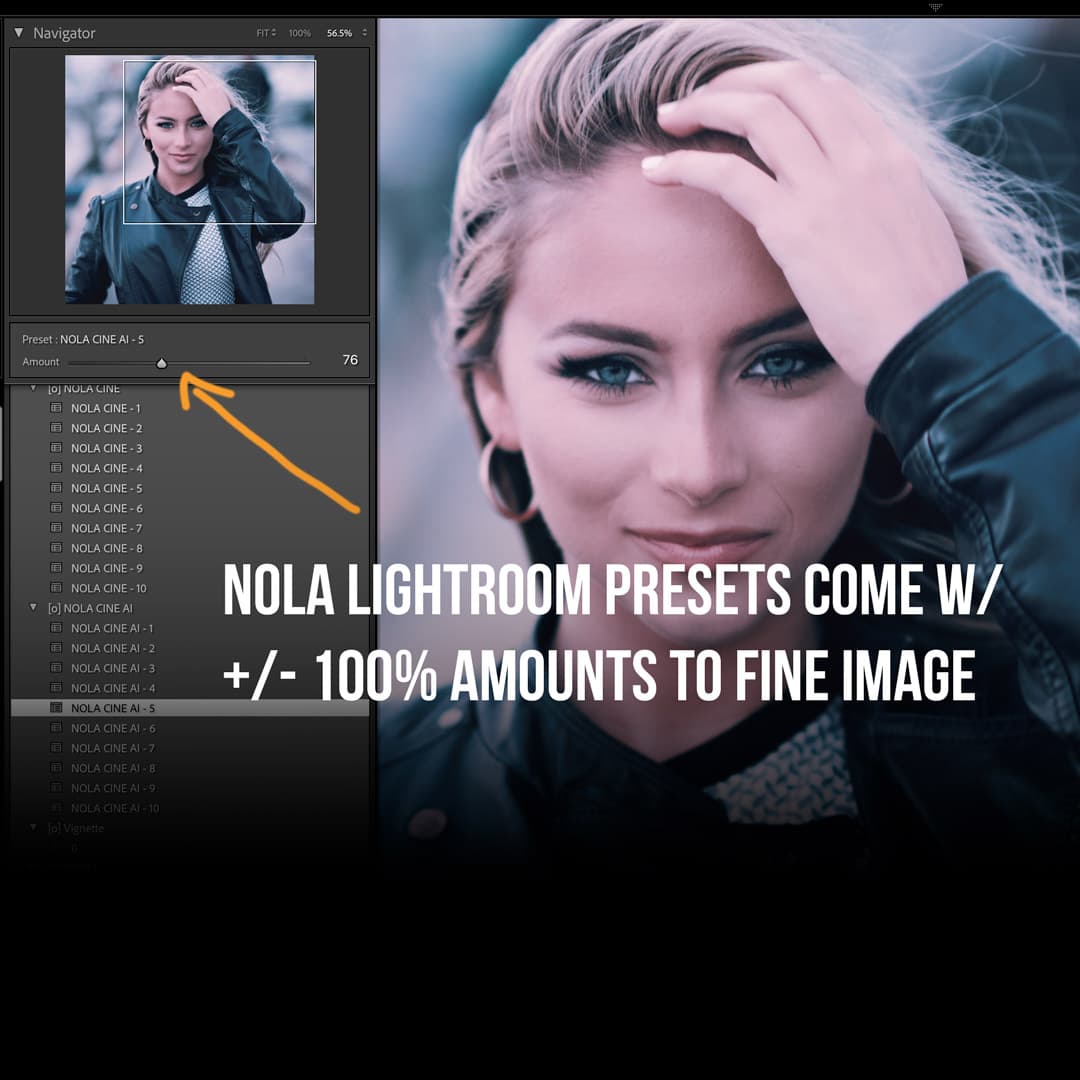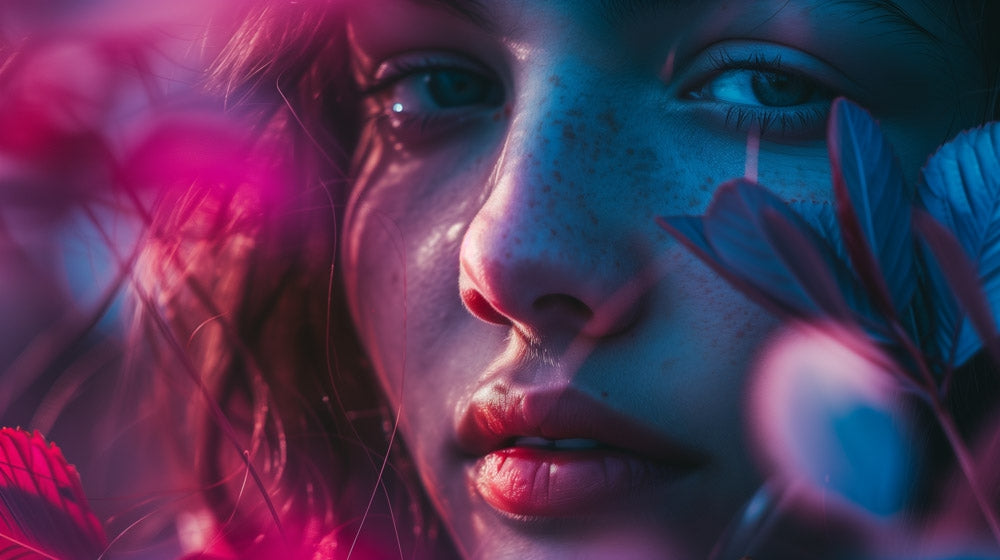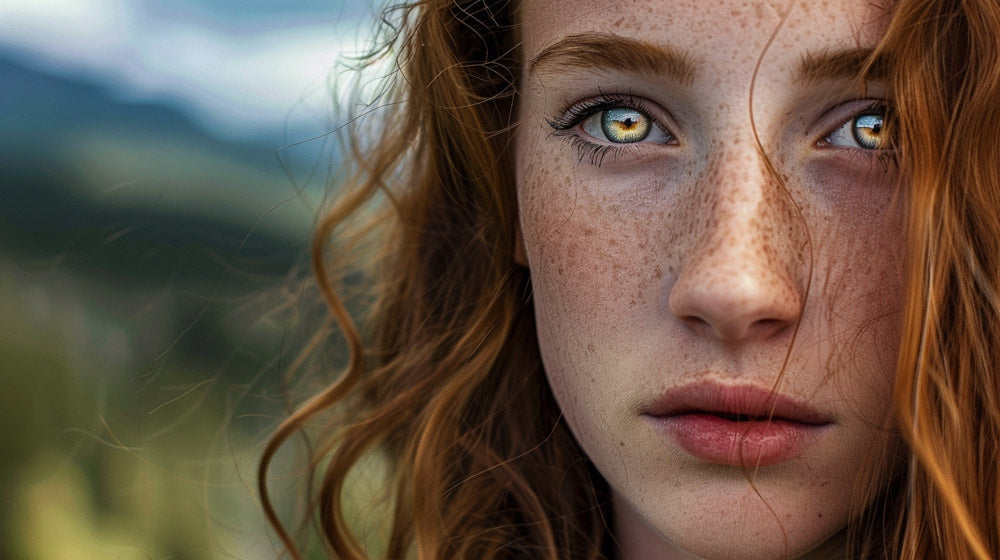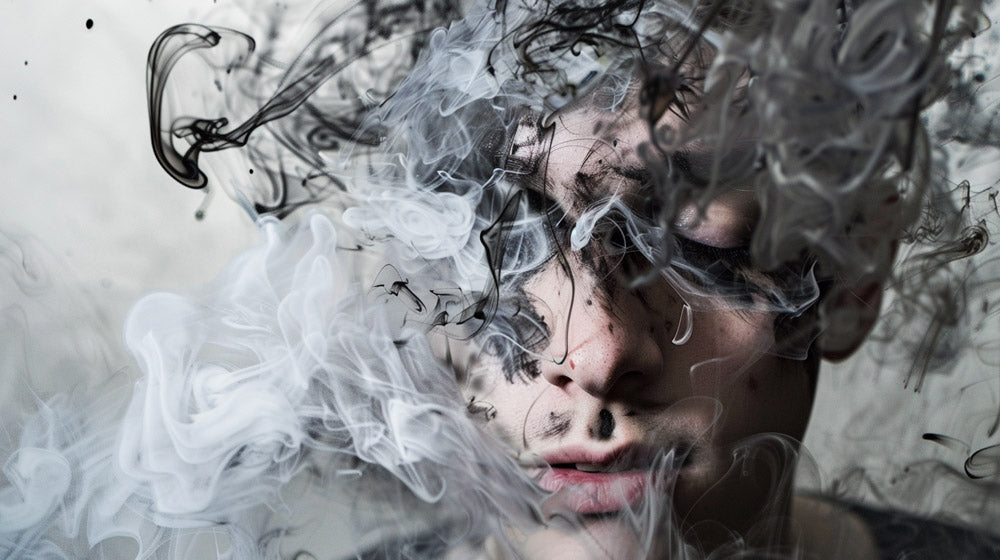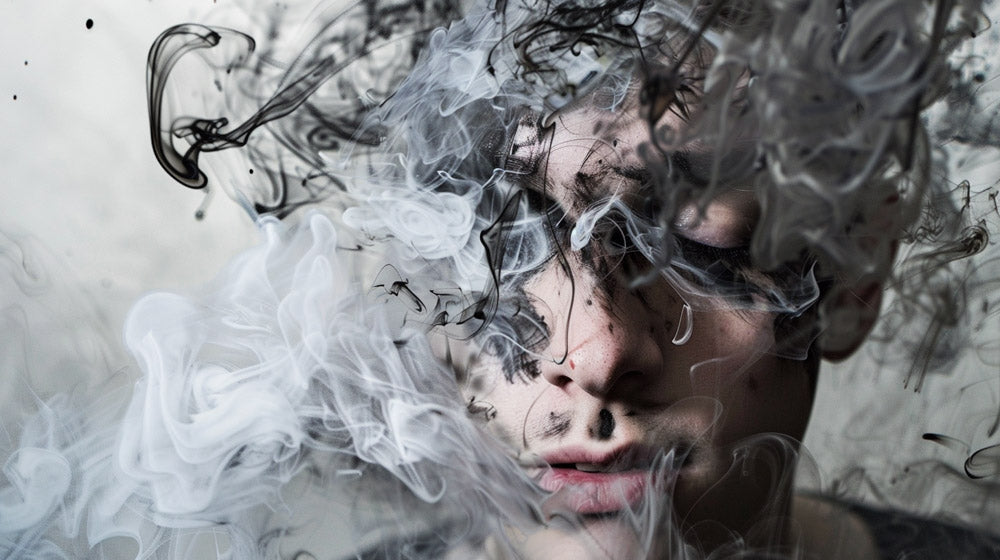Photoshop has revolutionized the way we enhance and manipulate images. As a powerful photo editing tool, it offers endless possibilities for both beginners and professionals.
To photoshop a picture, start by opening your image in Photoshop. Then, use tools like layers, adjustment layers, and masks to make edits while preserving the original image.
Learning how to use Photoshop effectively can significantly improve your photo editing skills. From basic adjustments like fixing blemishes to complex retouching techniques, Photoshop provides a comprehensive set of tools to bring your creative vision to life.
We'll guide you through the essential steps to edit photos in Photoshop, covering everything from understanding the interface to applying advanced techniques. Whether you're looking to enhance portraits, create stunning landscapes, or design eye-catching graphics, mastering Photoshop will open up a world of creative possibilities.
Key Takeaways
- Photoshop offers a wide range of tools for enhancing and manipulating images
- Learning basic photo editing techniques can significantly improve your results
- Advanced features in Photoshop allow for creative enhancements and professional-level retouching
Getting Started with Photoshop
Photoshop offers powerful tools for image editing and manipulation. We'll explore the interface layout and guide you through setting up your first project.
Understanding the Photoshop Interface
The Photoshop interface consists of several key components. At the top, we have the Options bar, which changes based on the selected tool.
On the left side, we find the Tools panel with various editing tools.
The right side houses panels like Layers, Color, and Swatches. These can be customized and rearranged to suit your workflow.
The main area in the center is the canvas where we work on our images.
We can access additional creative Cloud apps directly from Photoshop's interface, enhancing our capabilities. Familiarizing ourselves with these elements is crucial for efficient editing.
Setting Up Your Project
To begin a new project, we click File > New or use the keyboard shortcut Ctrl+N (Cmd+N on Mac). This opens a dialog box where we can set dimensions, resolution, and color mode.
For existing images, we can drag and drop them into Photoshop or use File > Open.
Once our image is loaded, we can start editing by creating new layers or applying adjustments.
It's important to choose the right format for our project. PSD is Photoshop's native format and preserves layers. For web graphics, we might opt for PNG or JPEG.
We recommend setting up a consistent workflow. This includes organizing layers, using groups, and naming elements clearly for easier navigation and editing.
Essential Tools and Features
Photoshop offers a powerful set of tools for image editing. These core features allow us to manipulate layers, make precise selections, apply brushes, and clone elements seamlessly.
Working with Layers
Layers form the foundation of Photoshop editing. We can think of them as transparent sheets stacked on top of each other. The Layer panel allows us to organize, rearrange, and blend layers.
To create a new layer, we click the "New Layer" icon at the bottom of the Layers panel. We can also duplicate existing layers by dragging them to this icon.
Adjustment layers are special layers that apply non-destructive edits. We can add these from the Adjustments panel or Layer menu.
Layer masks let us hide or reveal parts of a layer. We create them by clicking the "Add Layer Mask" icon in the Layers panel.
Blending modes change how layers interact. We access these from the dropdown menu at the top of the Layers panel.
Selection Tools Explained
Selection tools allow us to isolate specific parts of an image for editing. The Quick Selection Tool is versatile and easy to use. We simply paint over the area we want to select, and Photoshop intelligently expands the selection.
For more precise control, we use the Lasso tools. The Polygonal Lasso lets us click points to create straight-edged selections, while the Magnetic Lasso snaps to edges as we drag.
The Magic Wand selects areas of similar color. We adjust its tolerance in the options bar to control how much variation it includes.
To refine our selections, we use the Select and Mask workspace. Here, we can smooth edges, feather selections, and adjust the border.
Using the Brush Tools
The Brush Tool is essential for painting, retouching, and creating custom effects. We can access it by pressing 'B' on the keyboard.
To change brush size, we use the '[' and ']' keys. For hardness, we hold Shift while using these keys.
Photoshop offers various brush presets. We can access these from the Brush Preset picker in the options bar.
For more control, we use the Brush panel. Here, we can adjust settings like shape dynamics and texture.
The Spot Healing Brush is great for quick retouching. It automatically samples nearby areas to remove blemishes or small objects.
Utilizing the Clone Stamp Tools
The Clone Stamp Tool allows us to copy parts of an image to another area. We first Alt-click (Option-click on Mac) to set a sample point.
We can adjust the brush size and hardness in the options bar. A softer brush often creates more natural-looking results.
The Aligned option in the options bar keeps the sample point relative to our cursor as we move.
For more precise cloning, we use the Clone Source panel. Here, we can set multiple sample points and adjust their rotation and scale.
The Pattern Stamp Tool works similarly but uses a predefined pattern instead of sampled pixels. This is useful for adding textures.
Basic Photo Editing Techniques
Photoshop offers powerful tools for enhancing images. We'll explore essential techniques to improve your photos, including composition adjustments, color enhancements, and fine-tuning brightness and contrast.
Cropping and Composition
The Crop Tool in Photoshop allows us to refine image composition. We can select the desired area by dragging the corners of the crop box. For precise adjustments, we enter specific dimensions in the options bar.
The Rule of Thirds grid helps create balanced compositions. We enable this overlay by pressing Ctrl+' (Windows) or Cmd+' (Mac). Aligning key elements along these lines often results in more visually appealing images.
To maintain aspect ratio while cropping, we hold Shift while dragging. This ensures our image fits standard print sizes or social media dimensions.
Basic Color Adjustments
Color adjustment layers offer non-destructive editing. We access these via Layer > New Adjustment Layer.
The Hue/Saturation adjustment allows us to modify color intensity and tone. Increasing saturation enhances vibrancy, while decreasing it creates a more muted look.
Color Balance helps correct unwanted color casts. We adjust sliders for shadows, midtones, and highlights to achieve natural-looking results.
For quick enhancements, the Vibrance adjustment boosts less saturated colors while protecting skin tones.
Working with Brightness and Contrast
The Brightness/Contrast adjustment is ideal for basic tonal corrections. We increase brightness to lighten images or boost contrast for added definition.
For more control, we use Levels. This tool allows us to adjust shadows, midtones, and highlights independently by moving sliders beneath the histogram.
The Curves adjustment offers precise tonal control. We click and drag points on the diagonal line to create custom tone curves, giving us fine-tuned control over image brightness and contrast.
Shadows/Highlights is effective for rescuing details in underexposed or overexposed areas. We find this under Image > Adjustments > Shadows/Highlights.
Advanced Editing and Retouching
Advanced editing and retouching techniques allow us to transform ordinary photos into stunning images. These methods involve precise adjustments and skilled manipulation to enhance portraits and correct imperfections.
Healing Brushes and Removing Blemishes
The Healing Brush and Spot Healing Brush tools are essential for removing blemishes and imperfections. We start by selecting the appropriate brush size and hardness.
For small blemishes, we use the Spot Healing Brush tool. It automatically samples surrounding pixels to blend the area seamlessly.
For larger imperfections, we opt for the standard Healing Brush. This tool allows us to manually select a source area to sample from, providing more control over the final result.
When working with skin texture, we use a light touch and build up corrections gradually. This approach maintains a natural look and avoids over-processing.
Advanced Retouching with Layers and Masks
Layer masks are powerful tools for non-destructive editing. We create a new layer for each retouching step, allowing for easy adjustments later.
To refine skin texture, we use the Frequency Separation technique:
- Duplicate the base layer twice
- Apply a Gaussian Blur to one layer
- Apply a High Pass filter to the other
- Use layer masks to blend selectively
Smart Objects preserve image quality during transformations. We convert layers to Smart Objects before applying filters or resizing.
For precise edits, we utilize the Pen Tool to create detailed selections. This method ensures clean edges when retouching specific areas of an image.
Creative Enhancements and Effects
Photoshop offers a wide array of tools for adding artistic flair to your images. We'll explore techniques to elevate your photos through typography, color adjustments, and creative filters.
Applying Text and Typography
Text can transform a simple image into a powerful visual message. We recommend using the Type Tool to add text layers to your photo.
Experiment with different fonts, sizes, and colors to find the perfect combination.
For a polished look, adjust the kerning and leading of your text.
Kerning controls the space between individual letters, while leading adjusts the gap between lines of text.
To make text blend seamlessly with your image, try layer blending modes like Overlay or Soft Light. These modes can help integrate the text with the background colors and textures.
For added depth, apply a drop shadow or outer glow to your text layer.
Adjust the opacity and spread to achieve a subtle, professional effect.
Color Grading and Style Adjustments
Color grading can dramatically alter the mood and style of your photo. Start by using Adjustment Layers to fine-tune contrast, shadows, and highlights.
The Curves adjustment is a powerful tool for precise control over tonal range.
Create an S-curve to boost contrast, or adjust individual color channels for a stylized look.
Explore the Gradient Map adjustment layer to apply creative color palettes to your image. This technique works well for creating duotone or split-tone effects.
For a cinematic feel, use the Camera Raw filter. Adjust the temperature and tint sliders to shift the overall color balance.
Fine-tune the hue and saturation of specific color ranges to achieve your desired look.
Adding Creative Filters and Effects
Photoshop's filters can add artistic touches to your images. The Liquify filter is great for creating surreal distortions or subtle facial adjustments.
For a painterly effect, try the Oil Paint filter. Adjust the stylization and cleanliness sliders to control the level of detail and brush stroke appearance.
Create a dreamy atmosphere with the Gaussian Blur filter. Apply it selectively using layer masks to draw focus to specific areas of your image.
Experiment with blend modes to combine multiple images or textures.
Overlay and Soft Light modes work well for adding subtle textures, while Screen is perfect for light effects like lens flares or sparkles.
Finalizing and Exporting Your Work
After perfecting your image in Photoshop, it's crucial to save and export it properly. We'll cover the best practices for choosing file formats and preparing your work for different uses.
Saving Formats and Quality
When saving your finished Photoshop project, we recommend using the PSD format to preserve all layers and edits. This allows for future modifications if needed.
For sharing or publishing, consider JPEG for photographs and PNG for graphics with transparency.
JPEG is ideal for web use due to its small file size, but be mindful of compression.
We suggest using a quality setting between 60-80% for a good balance between file size and image quality.
For print projects, TIFF is an excellent choice. It maintains high quality and supports layers, making it perfect for professional printing.
Preparing for Web or Print
For web use, we need to optimize our images for fast loading times. Resize your image to the dimensions it will be displayed on the website.
Use the "Save for Web" feature in Photoshop to further reduce file size.
When preparing for print, ensure your image resolution is at least 300 DPI. We also recommend using the CMYK color mode for accurate color reproduction in printing.
Remember to preview your work before finalizing. Use the "Soft Proof" feature to simulate how your image will look on different mediums.
Advanced Photoshop Techniques
Adobe Photoshop offers powerful tools for experienced users to take their image editing to the next level. We'll explore Smart Objects, the Pen Tool, and advanced masking techniques to enhance your workflow and create stunning results.
Working with Smart Objects
Smart Objects preserve an image's source content with all its original characteristics. We can scale, rotate, and warp Smart Objects without losing image quality.
To create a Smart Object, right-click on a layer and select "Convert to Smart Object."
Smart Objects allow non-destructive editing. We can apply filters as Smart Filters, which can be adjusted or removed at any time. This flexibility is invaluable for complex compositions.
Another benefit is the ability to update linked Smart Objects across multiple files. By editing the original file, all instances update automatically, saving time on large projects.
Mastering Pen Tool and Paths
The Pen Tool is essential for creating precise selections and shapes. We use it to draw paths with anchor points and handles for smooth curves.
To start, select the Pen Tool and click to create straight segments. For curves, click and drag to adjust the handles. Practice is key to mastering this tool.
Once we've created a path, we can:
- Stroke it with a brush
- Convert it to a selection
- Use it as a clipping path
The Paths panel allows us to save and manage multiple paths within a document. This is useful for complex illustrations or detailed cutouts.
Complex Selections and Masking
Advanced masking techniques enable us to blend images seamlessly and make precise edits. We often use layer masks to hide or reveal parts of a layer without permanently erasing pixels.
For intricate selections, we combine multiple tools:
- Quick Selection Tool for broad areas
- Refine Edge to improve edge detection
- Calculations for channel-based masks
The Select and Mask workspace offers powerful tools for refining selections.
We can use the Refine Edge Brush to improve hair and fur selections, and the Output settings to choose how our selection is applied.
For complex composites, we often use luminosity masks. These allow us to target specific tonal ranges in an image for precise adjustments.
Troubleshooting Common Photoshop Issues
Photoshop users often encounter challenges that can hinder their workflow. We'll explore strategies for managing layers and file size, as well as understanding common Photoshop errors.
Managing Layers and File Size
Layers are essential for creating complex compositions, but they can quickly bloat file sizes. We recommend merging similar layers to reduce complexity.
For example, combine text layers or group related elements.
To further optimize file size, we suggest:
- Using smart objects for non-destructive editing
- Applying layer comps to save multiple versions within one file
- Cropping unnecessary canvas space
When working with large files, increasing Photoshop's memory allocation can improve performance.
Navigate to Edit > Preferences > Performance to adjust these settings.
Regularly saving your work as you progress is crucial. We advise using the PSD format for editable files and exporting flattened versions for final output.
Understanding Photoshop Errors
Photoshop errors can be frustrating, but many have straightforward solutions. One common issue is the "scratch disk full" error. To resolve this:
- Clear Photoshop's cache (Edit > Purge > All)
- Free up space on your primary hard drive
- Assign a different drive as the scratch disk
If you encounter image rendering issues or slow performance, updating your graphics card drivers often helps.
For persistent problems, we recommend resetting Photoshop preferences by holding Alt+Ctrl+Shift while launching the application.
When facing tool malfunctions, such as the brush tool not working, check your layer properties and ensure you're not on an adjustment layer.
Troubleshooting brush issues may involve resetting the tool or checking your tablet drivers.
Frequently Asked Questions
Photo editing brings up many common questions for both beginners and experienced users. We've compiled answers to some of the most frequently asked questions about Photoshop and other image editing tools.
What steps are needed to edit a photo in Photopea?
Photopea offers a similar interface to Photoshop for online photo editing. To edit an image, upload it to Photopea, then use the tools in the left sidebar to make adjustments.
Common steps include cropping, adjusting brightness and contrast, and applying filters.
Which apps allow for photo editing similar to Photoshop on a smartphone?
Several mobile apps provide Photoshop-like editing capabilities. Snapseed, VSCO, and Adobe Lightroom Mobile offer advanced editing tools.
These apps let users adjust exposure, color, and apply filters, much like desktop photo editing software.
What are the basic techniques for beginners to edit pictures in Photoshop?
Beginners can start with simple adjustments in Photoshop. Key techniques include cropping images, adjusting brightness and contrast, and using the healing brush to remove blemishes.
The layers panel is essential for non-destructive editing.
How can I combine two pictures together using Photoshop?
To combine two pictures in Photoshop, open both images as separate layers in the same document. Use the move tool to position the top layer.
Apply layer masks to blend the images seamlessly. Adjust opacity and use blending modes for creative effects.
What methods are available to remove an object from a picture in Photoshop?
Photoshop offers several tools to remove objects from images. The content-aware fill tool can automatically replace removed objects.
For more control, use the clone stamp tool or healing brush. The patch tool works well for larger areas.
Are there any free alternatives to Photoshop for photo editing?
Yes, several free alternatives to Photoshop exist. GIMP is a powerful, open-source option with many similar features. Canva offers a user-friendly interface for basic editing and design. Meanwhile, Pixlr is a web-based editor with both basic and advanced tools.

